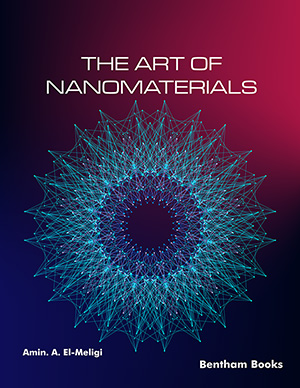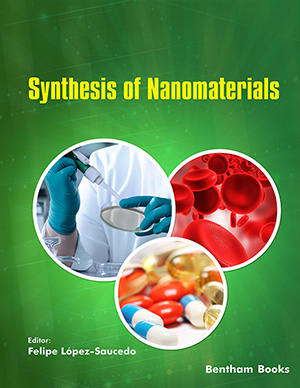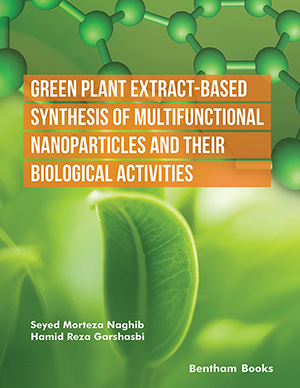Abstract
Carbon nanotubes (CNTs) composed of sp2
carbon units oriented as one
rolled-up graphene have provided exceptional advances in the design of chemical
sensors for environmental and health monitoring. The remarkable properties of CNTs,
such as high active surface area, chemical inertness, high strength, high electrical
conductivity, excellent thermal stability, and low charge-transfer resistance, have made
them a potential candidate for the detection of various explosive, combustible, and
toxic gases, such as hydrogen sulfide (H2S), nitrogen oxides (NOx
), ozone (O3
), and
halogens (Br2
, Cl2
, and I2
). However, CNT-based sensor shows issues like low
sensitivity and slow response/recovery time due to minimum charge transfer between
the pristine CNTs and target analytes. The functionalization of CNTs with metal
oxides, noble metal nanoparticles, and organic semiconductors not only improves the
gas sensing parameters but also enhances their selectivity toward a particular type of
target analyte due to the better charge transfer between the composite and gas analytes.
This book chapter focuses on the ways to create CNT-based sensors exhibiting
selective responses to different target analytes, future developments in the field of
chemical sensors, and the viewpoint of their commercialization.
Keywords: Carbon nanotubes, Chemiresistive sensor, Metal phthalocyanine, Sensing mechanism, X-ray photoelectron spectroscopy.






















